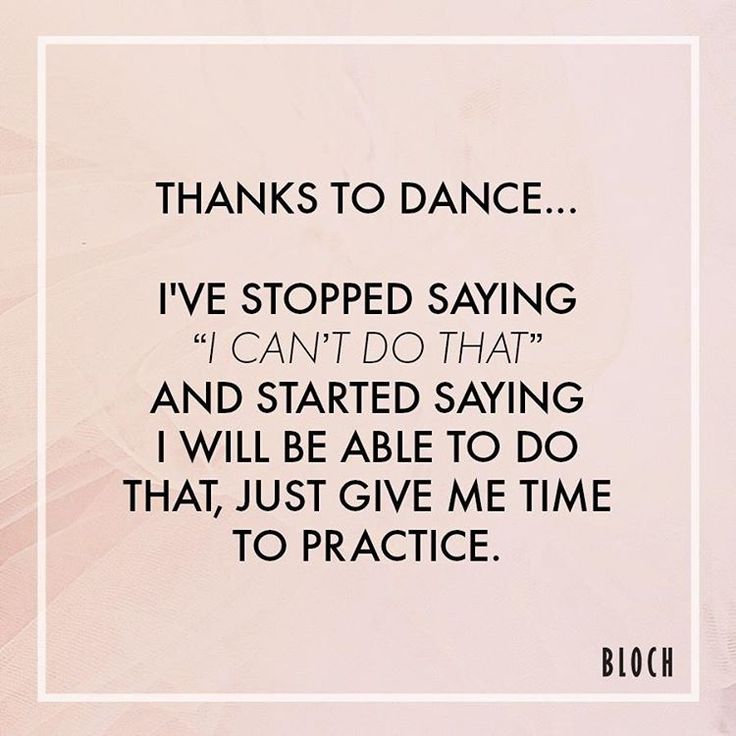We’re often told to “practice our dances,” but what does that really mean?
What does practicing at home look like if we don’t have a dedicated dance studio in our mansions? When can we fit practicing in to our busy lives? How much time should be spent in practice? These questions can leave us stalled, but here’s the great news- they’re actually pretty simple to answer!
Q. What should practicing at home look like?
A. You do not need to strap on your shoes and go full-out to practice your dances at home. Here are six simple ways to practice:
- Perform. Dance for your parents, friends or stuffed animals. You don’t even need the music- just talk, sing or count.
- Teach. Teaching is one of the best ways to solidify your own learning, so teach your dance to a sibling or some friends!
- Mark. “Marking” a dance means you walk through your dances as if you’re doing them, but you focus on the routine itself and not moving perfectly. You don’t have to turn your turns or jump your jumps- just think through the dance out loud with your body.
- Watch. At our studio, we have private youtube videos that are regularly updated. Watch your videos for review a couple of times- you don’t even have to get off the couch.
- Write & Read. Jot down some notes quickly in your dance journal after you’ve learned something new. Read your notes a couple of times during the week. Easy, peasy.
- Visualize. Lay in your bed at night and see yourself doing the dance with your mind’s eye. Since it’s in your imagination anyway, why not picture yourself dancing the best you’ve ever danced and receiving a standing ovation? Oh, and that spot where you blank out and can’t picture what’s next? That’s the part you’ll need to ask for help with the next time you have class.
Q. When can we fit practicing into our busy lives?
A. Embed practicing into stuff that’s already happening. For example:
- Perform your dances for your family at the BBQ.
- Teach your friends your dance during recess.
- Mark your dances while you brush your teeth each morning.
- Watch your youtube videos when you’re in the car or waiting in a line.
- Write your new moves down BEFORE you leave the studio right after class.
- Read your dances during your 20 minutes of daily reading homework.
- Visualize your dances each morning before your feet hit the floor.
Q. How much time should be spent in practice?
A. If you can find only five minutes a day, it will make a world of difference. Pick a different way to practice each day to keep things fresh and ensure “stickability.” Commit to an amount of time you can practice consistently, and then do it no matter what. Practice should be fun, so don’t aim too high with your time or else you’ll risk turning into a chore or an unattainable goal. Some days you’ll have more time to practice than others- roll with it!
Remember, practicing is for you. Practice gives you a safe space to learn.
It allows you to try, fail, try some more, and ultimately grow. Home practice will allow you to make the most of your classes, because you will spend more time learning new things than reviewing old material. And finally, practicing builds muscle memory, which will give you confidence in performance so you can feel free and present on the stage. So what are you waiting for? Get out there and practice!

